How to Choose the Right Laser Hair Removal Machine for Your Needs
Selecting the appropriate Laser Hair Removal Machine is crucial for achieving optimal results in hair reduction and enhancing customer satisfaction. According to the American Society for Aesthetic Plastic Surgery, the demand for laser hair removal treatments has surged over the past decade, with a reported increase of 14% in procedures performed annually. This rise highlights the importance of investing in a high-quality machine that meets specific needs, whether for personal use or in a professional salon. Factors such as skin type, hair color, and treatment area must be considered, along with machine specifications like wavelength, pulse duration, and cooling systems.
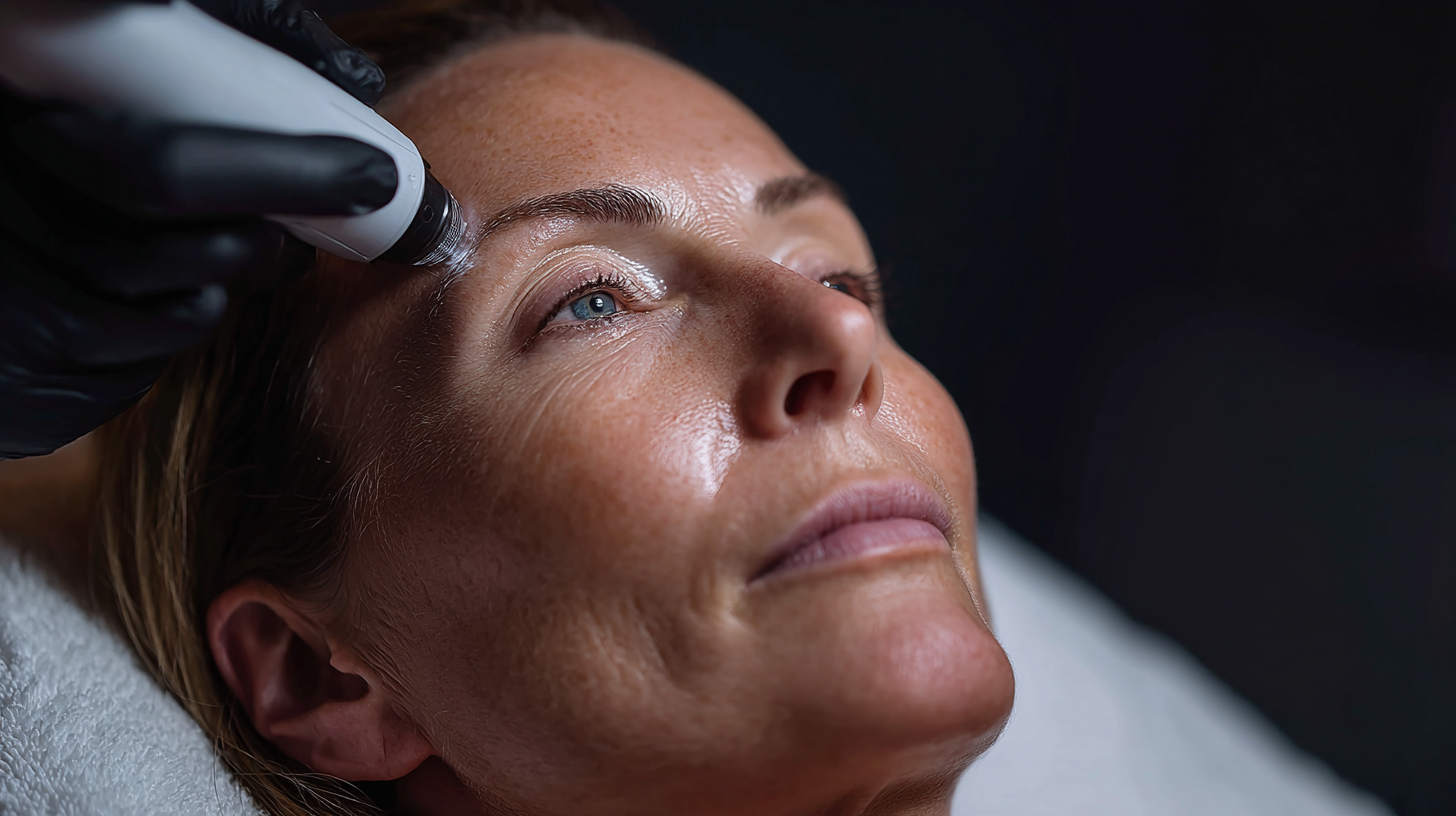
With an estimated market value of $1.4 billion by 2025, understanding the essential features and capabilities of various Laser Hair Removal Machines is key to making an informed decision, ultimately leading to effective and efficient hair removal solutions.
Understanding Different Types of Laser Technologies: Alexandrite vs. Diode vs. ND:YAG
When selecting the right laser hair removal machine, understanding the different types of laser technologies is crucial. The three most commonly used lasers are Alexandrite, Diode, and ND:YAG, each offering unique benefits suited for specific skin types and hair characteristics. According to a report by the American Society for Aesthetic Plastic Surgery, the Alexandrite laser operates at a wavelength of 755 nm, making it particularly effective for individuals with lighter skin and darker hair. Its precision allows for effective targeting of melanin, yielding faster treatment times, averaging about 20% quicker than Diode lasers.
In contrast, Diode lasers, operating around 810 nm, are versatile for a wider range of skin types, including darker skin tones. The Diode laser's longer wavelength penetrates deeper into the skin, making it effective for coarser hair. A study published in the Journal of Clinical and Aesthetic Dermatology noted that treatments using Diode lasers reported a 70% reduction in hair growth over six sessions. Lastly, the ND:YAG laser, with its wavelength of 1064 nm, is optimal for darker skin types due to its deeper penetration and lower absorption in melanin, which minimizes the risk of post-inflammatory hyperpigmentation. Understanding these technologies empowers consumers to choose a machine that best aligns with their hair removal goals and skin characteristics.
Evaluating Laser Hair Removal Machine Safety Standards and FDA Approvals
When selecting a laser hair removal machine, understanding safety standards and FDA approvals is essential. The FDA has established rigorous guidelines to ensure these devices are safe and effective. A report from the American Society for Aesthetic Plastic Surgery indicates that over 1.1 million laser hair removal treatments were performed in 2020 alone, highlighting the growing reliance on these procedures. It is crucial to choose devices that adhere to these safety standards, as poorly regulated machines can lead to adverse side effects such as burns or pigmentation changes.
Tips: Look for machines that have clear FDA labeling and approvals. Research the manufacturer’s reputation and read user testimonials to gauge safety and effectiveness. Always ensure that the facility using these machines is certified and adheres to strict safety precautions.
Additionally, consider the type of laser technology used. There are various types, including Alexandrite, Diode, and Nd:YAG lasers, each designed for different skin types and hair colors. The World Health Organization notes that improper use of laser machines can result in complications, emphasizing the importance of professional operation. Ensure that the machine you choose is suitable for your specific hair and skin type to achieve optimal results safely.
Tips: Always consult with a licensed practitioner to determine the most suitable laser technology for your needs, and inquire about their training and experience with the equipment they use.
Analyzing Skin Types and Hair Color Suitability for Effective Treatment
When selecting the right laser hair removal machine, understanding the interplay between skin types and hair colors is crucial for effective treatment outcomes. Recent industry reports highlight that the global laser hair removal market is projected to reach USD 5.37 billion by 2033, reflecting a significant growth trend driven by advancements in technology and rising consumer demand. A tailored approach considering individual skin tone and hair color can optimize results, as different laser systems have varying efficacy across skin classifications, ranging from light to dark tones.
Moreover, the popularity of viral techniques like color analysis on platforms such as TikTok emphasizes how consumers are more informed about their personal aesthetics and the significance of choosing the right treatment. For instance, certain laser systems are more effective on specific hair colors; darker hair typically responds better to laser treatments due to the contrast with the skin. Thus, investing in machines with capabilities to cater to a broader spectrum of skin types and hair colors ensures comprehensive client satisfaction and maximizes treatment effectiveness. As the market evolves, focusing on individual suitability remains at the forefront of laser hair removal technologies.
Skin Types and Hair Color Suitability for Laser Hair Removal
Cost Considerations: Investment vs. Long-Term Savings in Laser Hair Removal
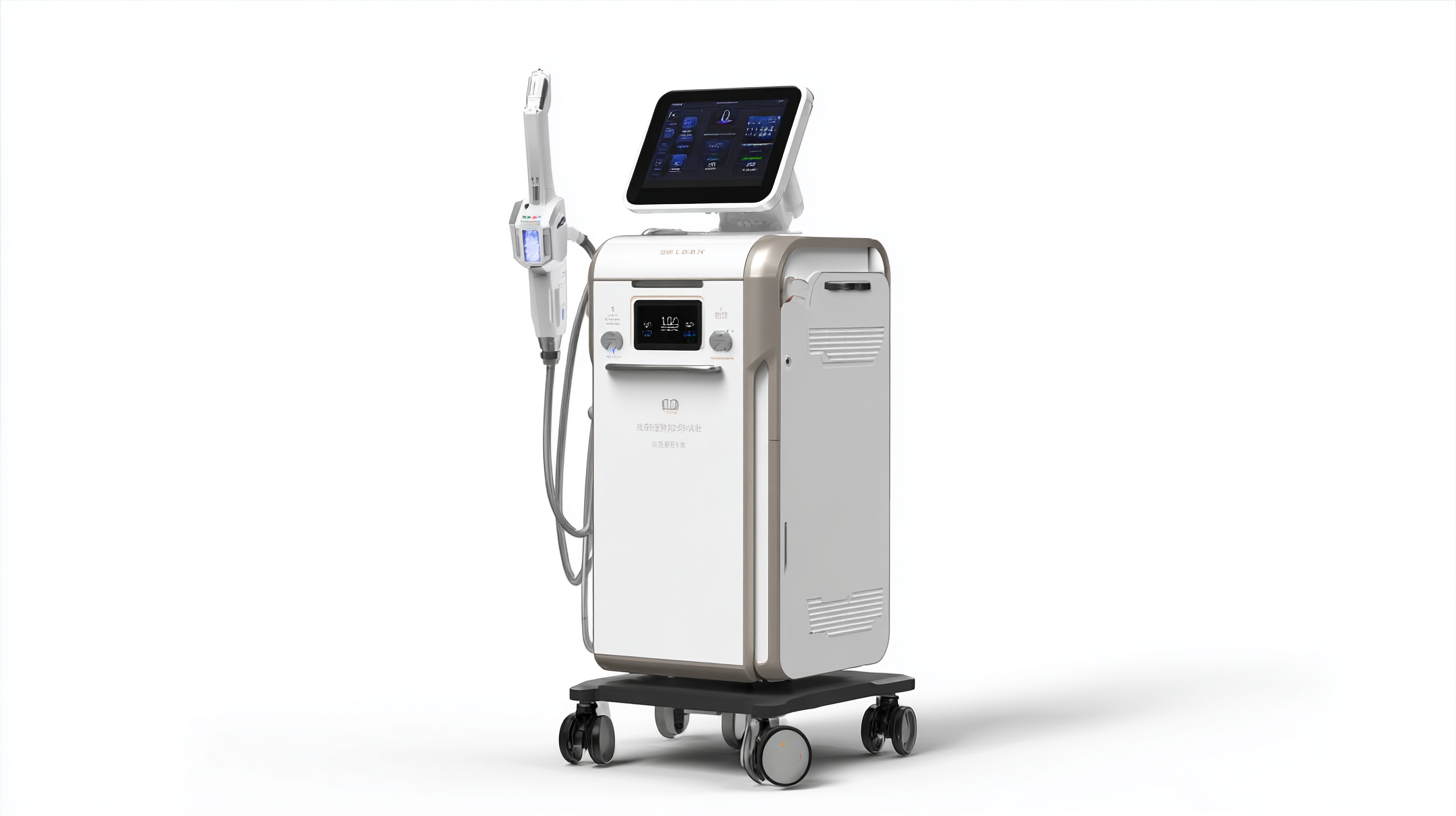 When considering laser hair removal, cost is a critical factor that can influence your decision.
Initially, investing in a high-quality laser hair removal machine might seem daunting due to its upfront costs.
However, it's essential to view this as a long-term investment. The effectiveness and durability of a reliable machine can lead to
fewer sessions needed over time, which compensates for the initial price tag.
By choosing a machine that provides consistent results, clients can ultimately save money compared to cheaper alternatives that may require more frequent treatments.
When considering laser hair removal, cost is a critical factor that can influence your decision.
Initially, investing in a high-quality laser hair removal machine might seem daunting due to its upfront costs.
However, it's essential to view this as a long-term investment. The effectiveness and durability of a reliable machine can lead to
fewer sessions needed over time, which compensates for the initial price tag.
By choosing a machine that provides consistent results, clients can ultimately save money compared to cheaper alternatives that may require more frequent treatments.
Moreover, potential savings extend beyond just treatment frequency. Professional-grade machines are not only designed for better performance but also for longevity. When you invest in a reputable device, you can create a sustainable business model that attracts more clients. This can enhance your profitability and ensure that you are not spending money on constant repairs or replacements. Thus, weighing the initial costs against the long-term savings and revenue potential is crucial for making a well-informed decision regarding laser hair removal machines.
Assessing Key Features: Wavelength, Spot Size, and Cooling Mechanisms for Optimal Results
When selecting a laser hair removal machine, understanding key features such as wavelength, spot size, and cooling mechanisms is crucial for achieving optimal results. Wavelength plays a significant role in the effectiveness of hair removal; different wavelengths target various skin types and hair colors. For instance, longer wavelengths like 1064 nm are suitable for darker skin tones, while shorter wavelengths, such as 755 nm, are often more effective for lighter skin and finer hair. Assessing the right wavelength ensures that the treatment is both safe and efficient.
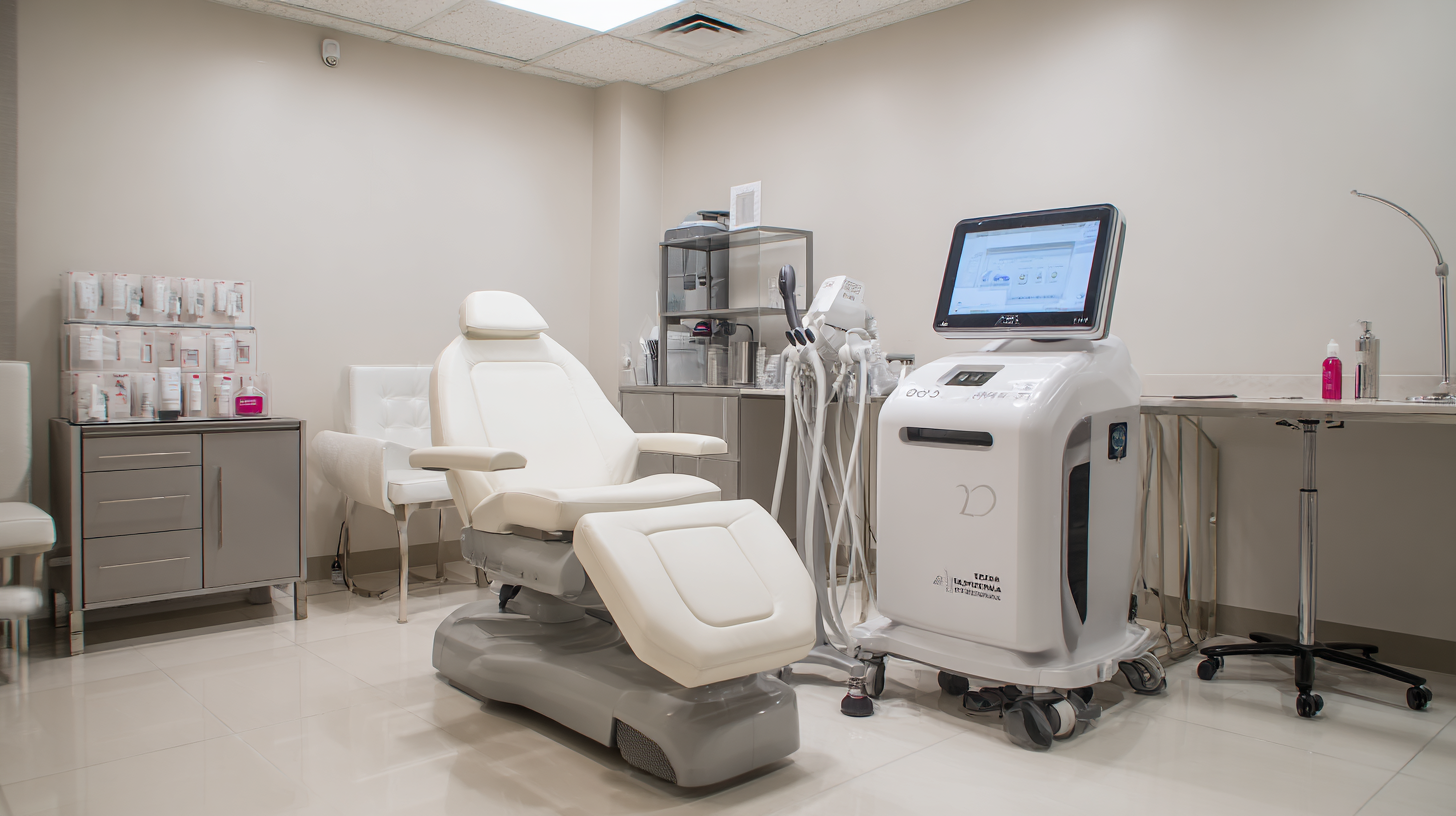
Another critical factor is spot size, which affects the treatment's coverage and speed. A larger spot size allows for quicker sessions by covering more area in a single pulse, making it ideal for larger body areas. Conversely, a smaller spot size enables precision for sensitive areas like the face or bikini line. Finally, effective cooling mechanisms are essential to enhance patient comfort and protect the skin during treatments. Devices equipped with advanced cooling systems can minimize discomfort and decrease the risk of adverse reactions, leading to a more pleasant experience and better outcomes for patients. By carefully evaluating these features, you can choose a laser hair removal machine that best suits your specific needs.
Related Posts
-
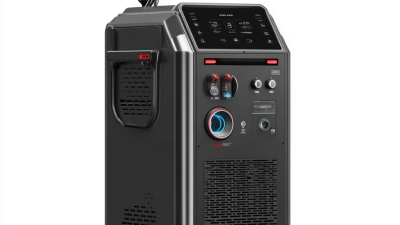
Ultimate Showdown: The Best Laser Removal Machines Compared for Global Buyers
-

Addressing Common Issues Encountered with Laser Hair Removal Machines
-

How to Achieve Your Dream Body with Cryolipolysis Slimming Machine
-

5 Top Trends in Physical Therapy Equipments You Should Know
-

7 Compelling Reasons to Invest in an Ems Sculpting Machine for Your Business
-
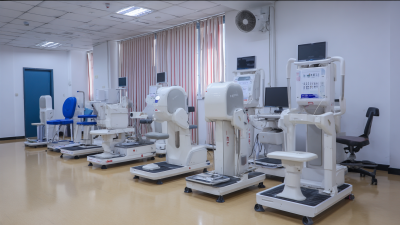
Discover Top-Quality Physical Therapy Equipment from China's Leading Manufacturers
